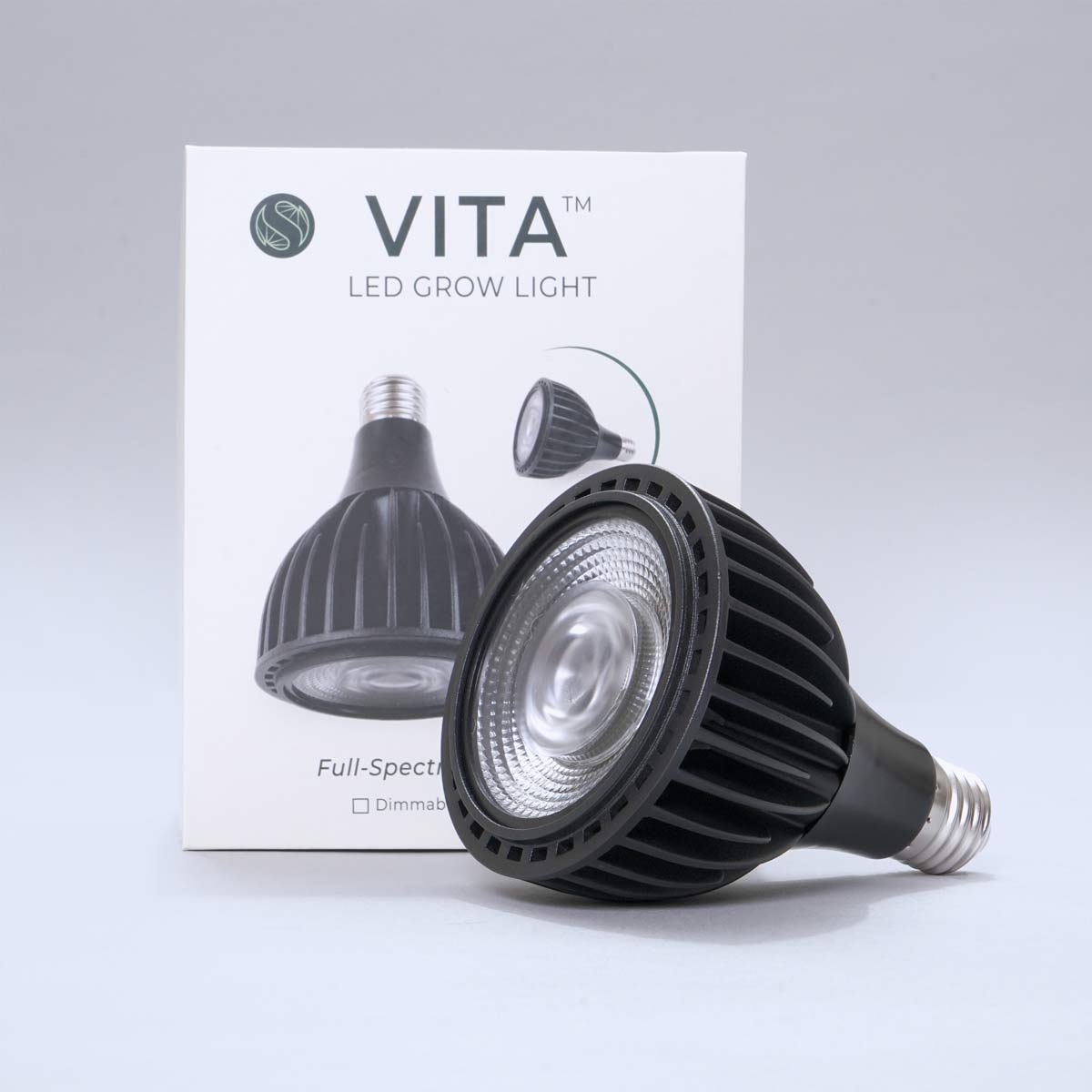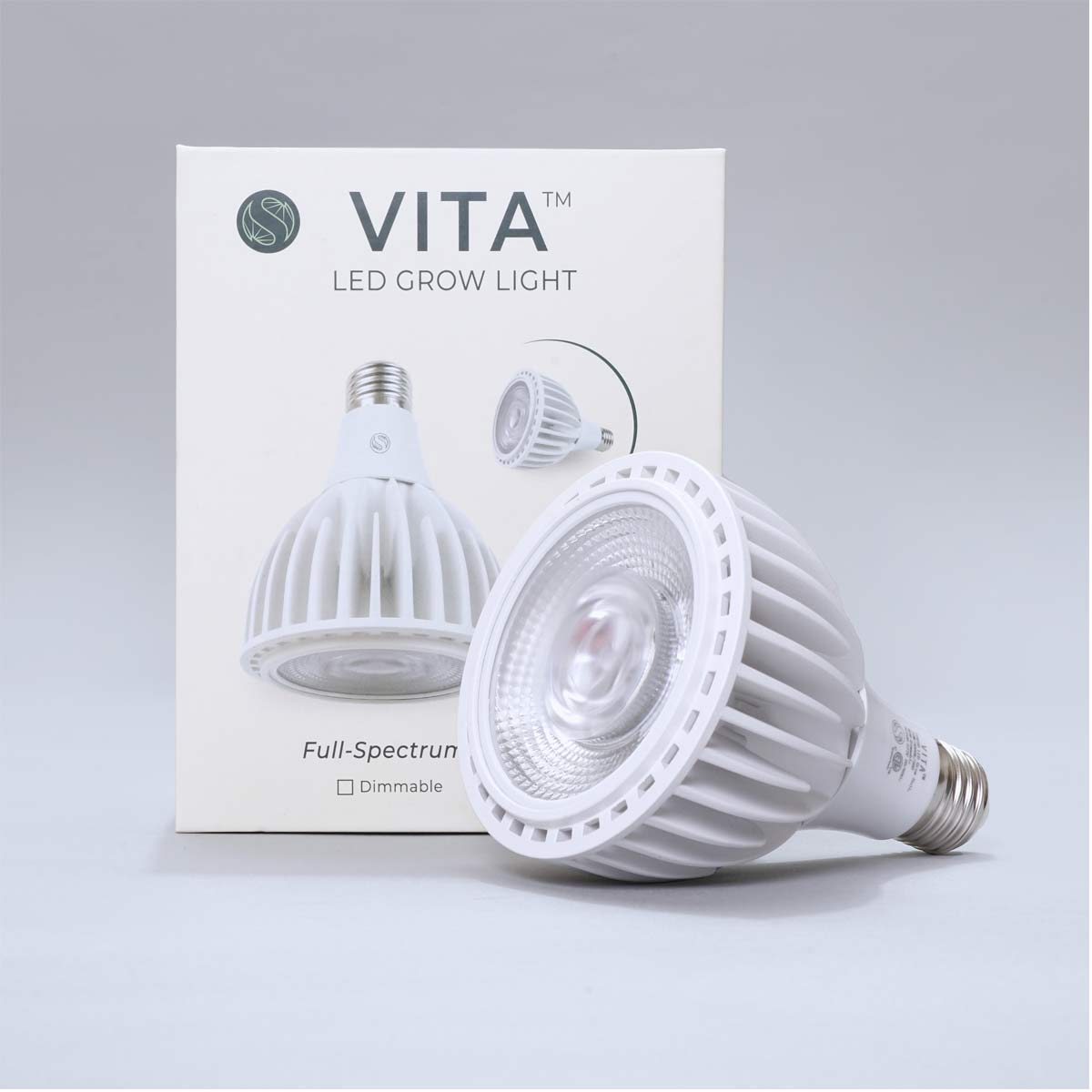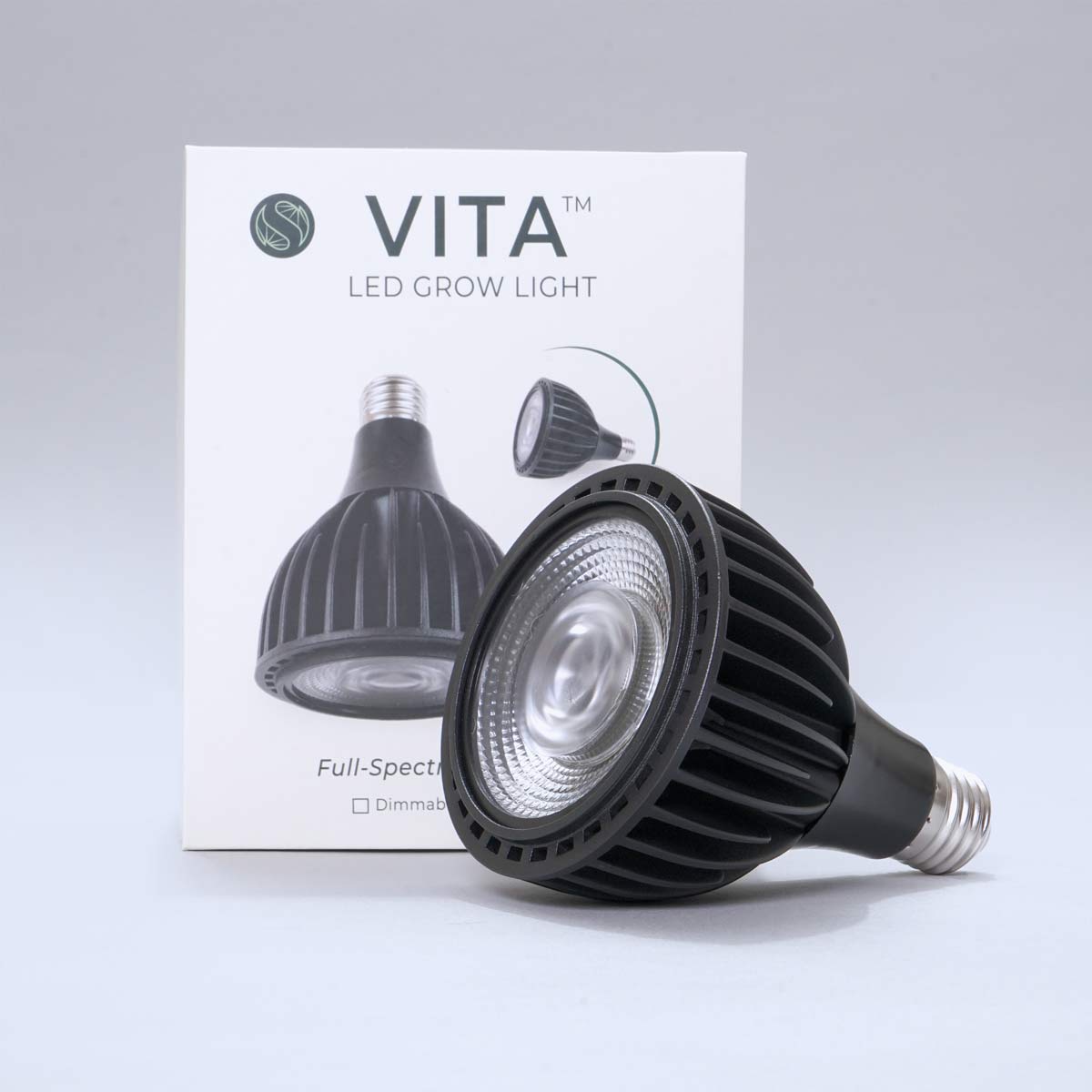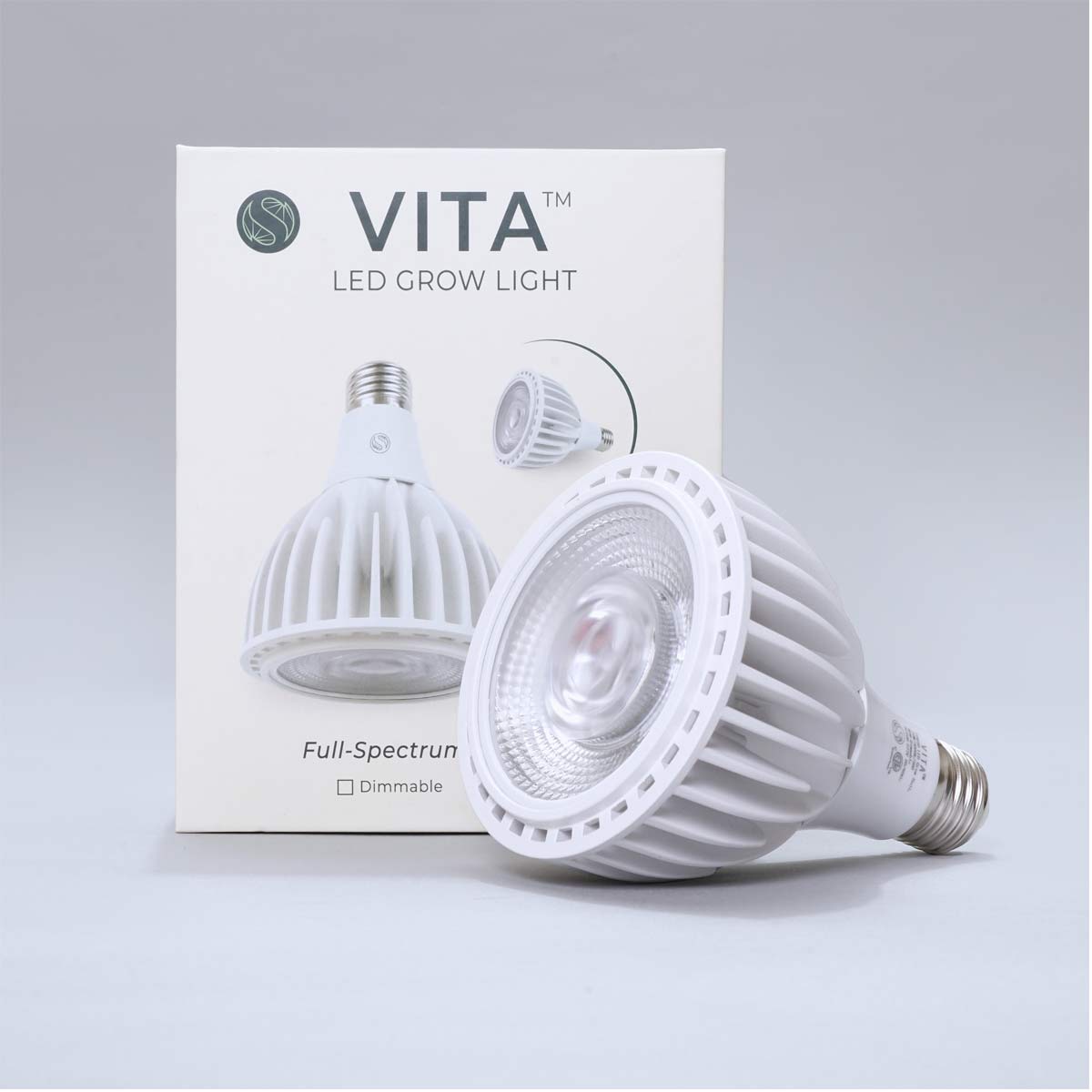Check out our published Fiddle Leaf Fig care guide on wikiHow
The Ficus Lyata has gained a poor reputation within plant communities as this difficult, high maintenance plant that is sure to die once brought into your home. We want to dispel the myths and rumors that slander this beautiful Ficus and hopefully give you the tools and information needed to keep your Lyrata looking like the amazing plant it is.
-
Soil
Almost any well-draining potting mix will be sufficient for your Lyrata. Our go-to recommendation for a high-quality soil that’s fast draining is Fox Farms Ocean Forest. Some Lyrata are sold in mixtures heavy in peat moss (never from Chicago Plants) and this will cause the soil to retain too much moisture and encourage the development of root rot. If you feel this may be the case for the soil medium your Lyrata is in, it can be helped by adding some perlite to the soil.
-
Watering
Water every 7-12 days depending on how quickly your soil is drying out. It is very important with your Lyrata that you allow more than the first layer of soil to dry, and you will often be deceived by the top inch while deeper into the pot it’s still quite wet. Since Lyratas are susceptible to root rot if overwatered, we recommend using a moisture meter to gauge how wet the soil is rather than relying on the finger test.
Once you figure out how quickly the soil of your Lyrata is drying out, try and get on a steady routine. An erratic watering schedule can be as upsetting to this plant as overwatering it.
Last note on watering, if you are questioning whether it’s ready for a watering, err on the side of caution. These ficus can be draught tolerant so it is always best to underwater than overwater.
-
Sunlight
Lyrata's will be happy in any degree of bright, indirect light. They tolerate moderate light as well but may not grow as fast as if they are in a brighter light environment. Just be sure not to put your Lyrata directly in a western facing exposure where it will get fried in the direct, afternoon sun.
To be sure the Lyrata grows evenly from all sides, rotate your pot each time you water it.
-
Humidity
All Ficus varieties love lots of humidity. We always recommend a humidifier (especially in the winter) as the best way to keep relative humidity at a tolerable level for your Lyrata, but a daily misting will be sufficient as well.
-
Fertilization
During the spring and summer months your Lyrata will appreciate a monthly dose of any standard plant fertilizer, diluted at half strength.
FAQ’s
-
Pet friendly?
-
No - the Ficus Lyrata is quite toxic to pets or humans due to the sap that is excreted from any damage to the trunk or from leaves that are separated from the plant.
-
-
Cleaning
-
It is incredibly important to clean the leaves of your Lyrata regularly. It will ultimately depend on how dusty your apartment gets but we typically suggest doing this bi-weekly at a minimum. Simply dampen a rag and wipe down the leaves to remove any dust or water residue that has collected. Use one hand to brace the leaves while wiping them to ensure you don’t accidently break them while cleaning. This process will ensure your Lyrata is able to absorb sunlight effectively and avoids and tarnishing of the leaves.
-
-
Acclimation
-
An equally important consideration for Ficus Lyrata care is the acclimation period in your home. It is completely natural for you to see your new Lyrata drop a few leaves when you bring it into your home. These plants do not like change and when they leave the store or nursery that may have had higher humidity and better living conditions for the plant, it will take some time to get used to its new environment. Be sure that in deciding where you place your Lyrata, it won’t be exposed to any drafts from nearby windows or heat vents. Once you have found the ideal location in your home for her to live, do not move it. The acclimation process will start over again and the plant will continue to lose leaves or develop brown spots on the leaves.
-






